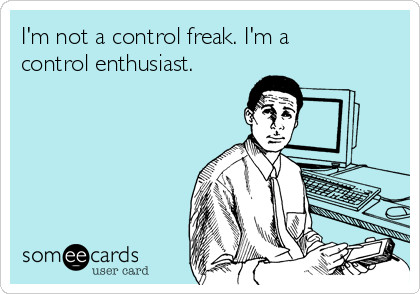The business Guru Peter Drucker quoted that “culture eats strategy for breakfast”. It shows the importance that CEO should place on designing a winning culture. Why? Because you deliver the best results when you align your culture and strategic goals.
1. The actual cultural landscape
The classical framework of Quinn & Cameron inspired this graphic, which summarizes the different types of culture commonly associated with different strategic goals:

Startups usually fosters innovative culture. Because new products or services avoid competing against more experienced players.
Other firms with a growth objective are setting-up a customer-focused culture: they implement a customer segmentation, try to increase empathy and build trust with their key clients.
2. The culture dynamics
As markets are maturing and getting more competitive, prices and margins are decreasing. Then, to restore profitability, companies establish efficiency or process-driven cultures. Additionally, managers follow regularly KPI and procedures document the main processes.
Finally, when some derailments are observed, like in the finance industry with the subprime crisis, a compliance or risk averse environment is settled.
To conclude, the type of strategic goal traditionally defines your company culture: do you want to achieve profitability, growth, innovation or risk control? And knowing where you want to go is essential.
3. Why a winning culture is emotionally intelligent?
However, with only 13% of the worldwide employees engaged according to Gallup, a human-focused culture could probably significantly improve the performance of companies.
Formerly, I voluntarily used the word “human” and not “employee”, as I want to include customers. Why? Because service satisfaction is deeply related to the ability to manage human emotions, positive and negative, at the contact point between employees and customers. And services reached 80% of developed economies.
That’s why the company culture of the future is emotionally intelligent:
1. A winning culture manages stress and boredom (Yerkes-Dodson law). Stress through a clear definition of expectations, achievable targets and sport incentives. Boredom through the organisation of regular events and continuous learning and development. Coaching will be part of the company DNA, procedures will be written and books will be shared and recommended.
2. It integrates purposeful and meaningful actions in the company culture to enhance engagement. These actions could be integrated in the company business model (TOMS), financed by the profit generated or by granting specific time to the employees.
3. A winning culture uses permanent and multilateral communication. Employees will sustain positive relationships and limit negative interactions to maintain flow: see Losada ratio and positive psychology studies.
4. It measures regularly engagement and satisfaction.
Consequently, the Leader who shapes the culture will be like an Orchestra conductor:
Similarly, he will have to bring positive energy. He will have to repeat a beautiful melody, the chorus. However, to fight boredom, some verses will require creativity and surprise.
Nota bene: “Progress is impossible without change”. If you think this article have some value, feel free to share it ! Otherwise, you could comment it and add some additional insights or ideas. Thanks.









